Aquascaping doesn’t have to be expensive! Even though the forefather of nature aquaristics, Takashi Amano and his brand ADA is established in the premium price segment with its high quality products, the relization of beautiful underwater landscapes can also be done by simple and economical means. We give you some tips that should be interesting, especially for beginners.
Converting a regular aquarium into an aquascape
The existing technology basically sets the framework for creating landscapes. First you should make yourself familiar with the three basic designs in aquascaping. If you have visible technology in the aquarium (such as internal filters and heating rods), some designs, such as the triangle or U-shape, are particularly well-suited to hide these components (also refer to: "hiding aquarium technology").
First and foremost the aquarium lighting, especially its brightness as well as the presence or absence of a CO2 system dictates the possible range of aquatic plants. Between undemanding mosses on the one hand and very high-maintenance stem plants on the other, there’s a wide range of different aquarium plants available for the most diverse needs. Often the level of difficulty is indicated with a traffic light system (green, yellow, red), which is the case with plant nurseries as Dennerle and Tropica. With this labelling it is easy to find aquatic plants suitable for low-tech, low-light conditions without CO2 supply and create great aquarium landscapes.
Aquascaping with easy plants
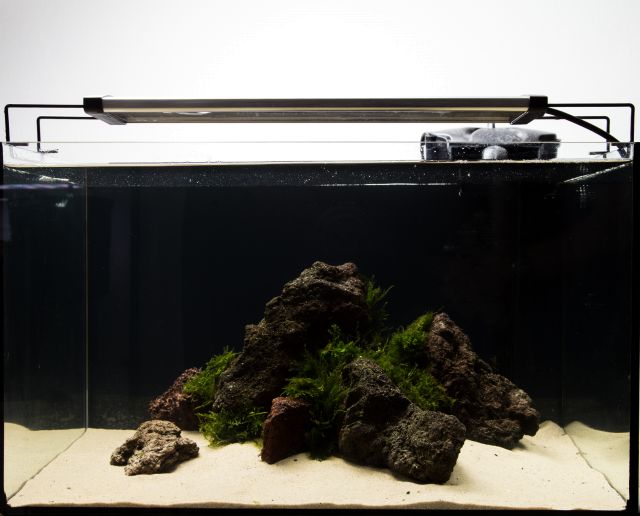
This example shows an aquarium that was converted into an aquascape. Pre-existing technology like lighting and filtration were taken over into the new system. Cheap stones (lava), sand substrate and mainly mosses as planting were used.
It is not mandatory at all to use sophisticated plants in aquascaping. On the contrary, if you look at the list of plants used in nature aquaristics - the archetype of aquascaping - it is easy to see that Takashi Amano always liked to use easy-to-keep aquatic plants. These include in particular Cryptocorynes, mosses and epiphytes like e.G. ferns. Especially with the latter two plant species driftwood can be splendidly greened up, creating a very natural, wild impression. These plants can stomach low light conditions and minimal fertilization, even though they leave a more vital impression and grow faster when supplied with CO2 and the whole range of liquid fertilizers.
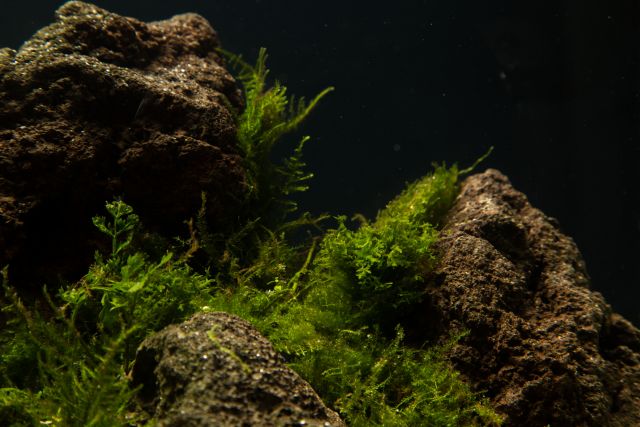
Don’t save on the hardscape
Hardscape, (decorative objects) such as stones and driftwood should always be available in sufficient amounts to the aquaium designer. Don’t save in the wrong place. Beautifully grained, optically pleasing stones are a very vital part of an Iwagumi.
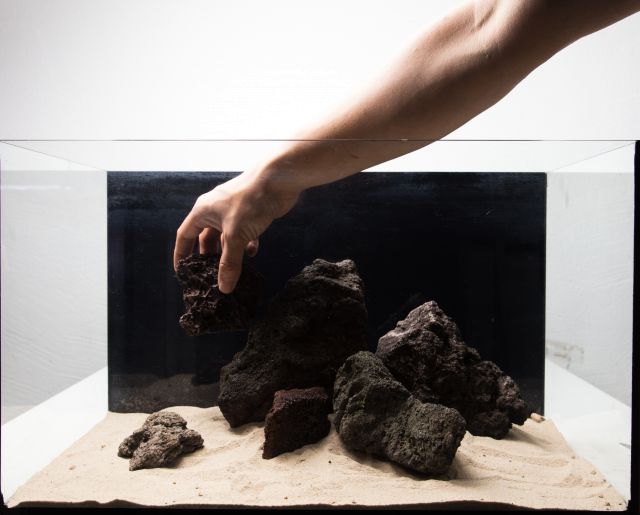
Light stones sold by the kilo are the way to go for a price-conscious aquarist, meaning more stones for the money. Lava, for example, is among the lighter sorts. An overview of the various stones, sorted by bulk density can be found here.
Substrate
Even though the use of a highly nutritious soil substrate has been established in aquascaping for the keeping of demanding aquatic plants, there are still enough simple aquarium plants like epiphytes and mosses that don’t necessarily need soil as their substrate. Here you can bet on e.G. decorative sand, which is much cheaper in price.
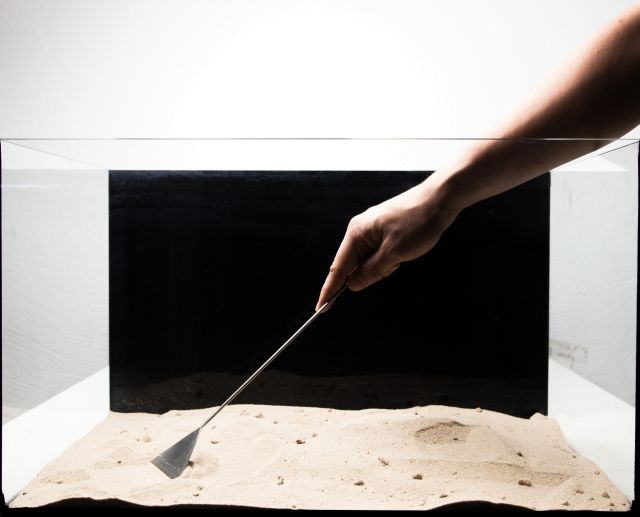
Since sand and gravel don’t contain nutrients, you should enrich the substrate with fertilizer balls or tabs, if you want to use root-feeding plants like crypts. Aquatic plants can also be sufficiently fed with liquid fertilizer, which they absorb mainly through their leaves.
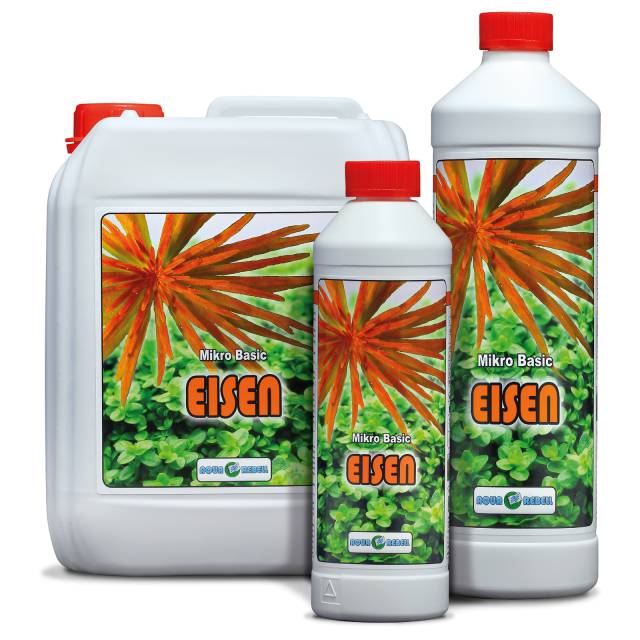
Aqua Rebell Mikro Basic Eisen is a complete iron liquid fertilizer, which provides all important trace elements like iron, manganese, cinc and potassium to all species of aquatic plants.